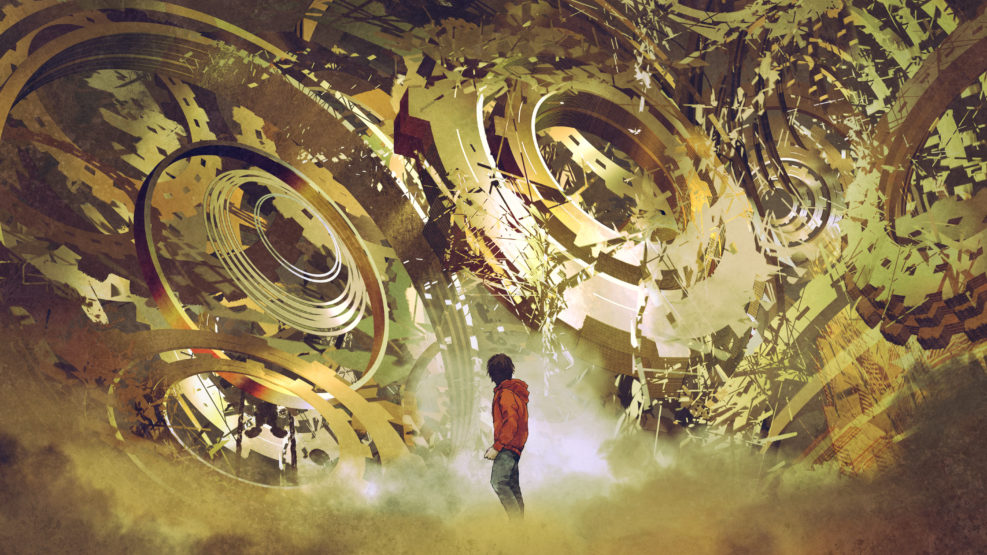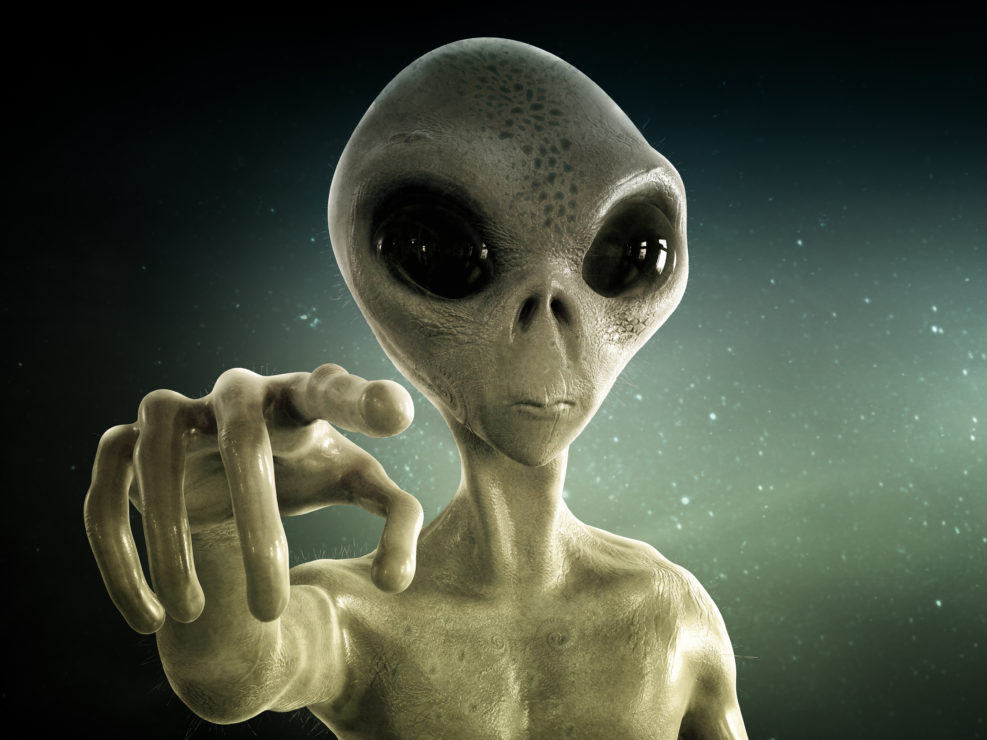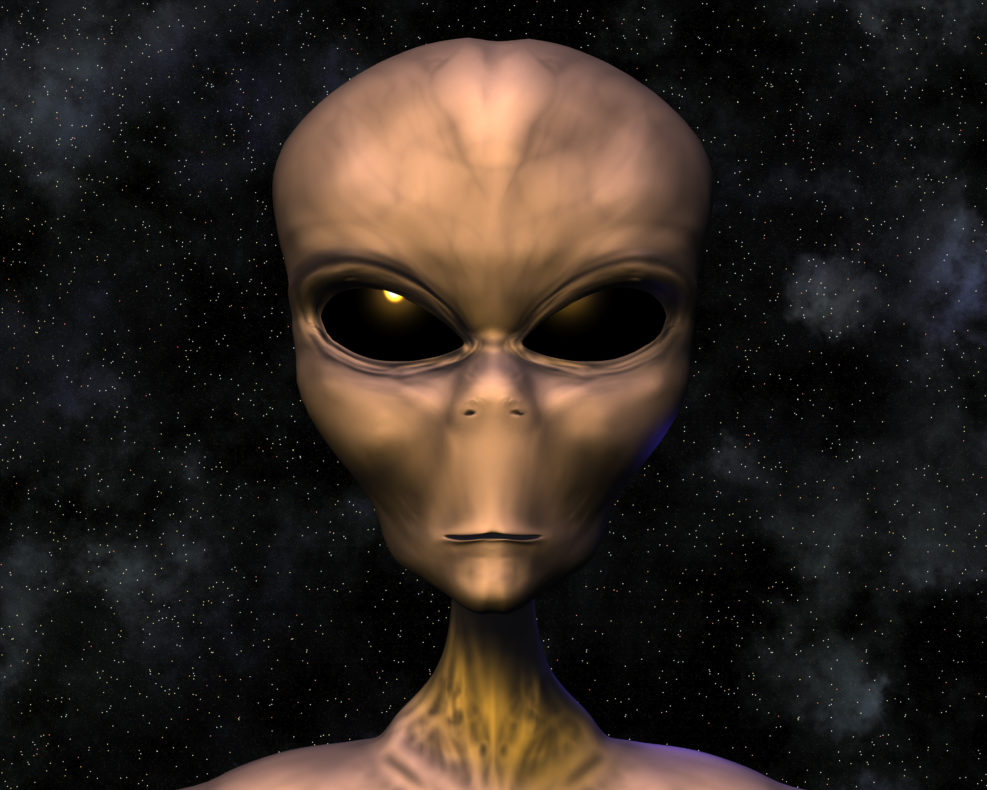
How a Materialist Philosopher Argued His Way to Panpsychism
Galen Strawson starts with the one fact of which we are most certain — our own consciousnessIn 2018, science writer Robert Wright interviewed physicalist philosopher Galen Strawson (pictured) who, in a long conversation, explained the logical steps by which he — a philosopher who holds that nature is all there is and that everything is physical — also came to believe that consciousness underlies everything. Wright published a long excerpt from the discussion in June 2020, in which Strawson explains his reasoning. Wright starts things off by noting that “In recent years more and more philosophers seem to have embraced panpsychism—the view that consciousness pervades the universe and so is present, in however simple a form, in every little speck of matter.” Indeed, even publications like Scientific American have run panpsychist opinion pieces in recent years. Read More ›


















